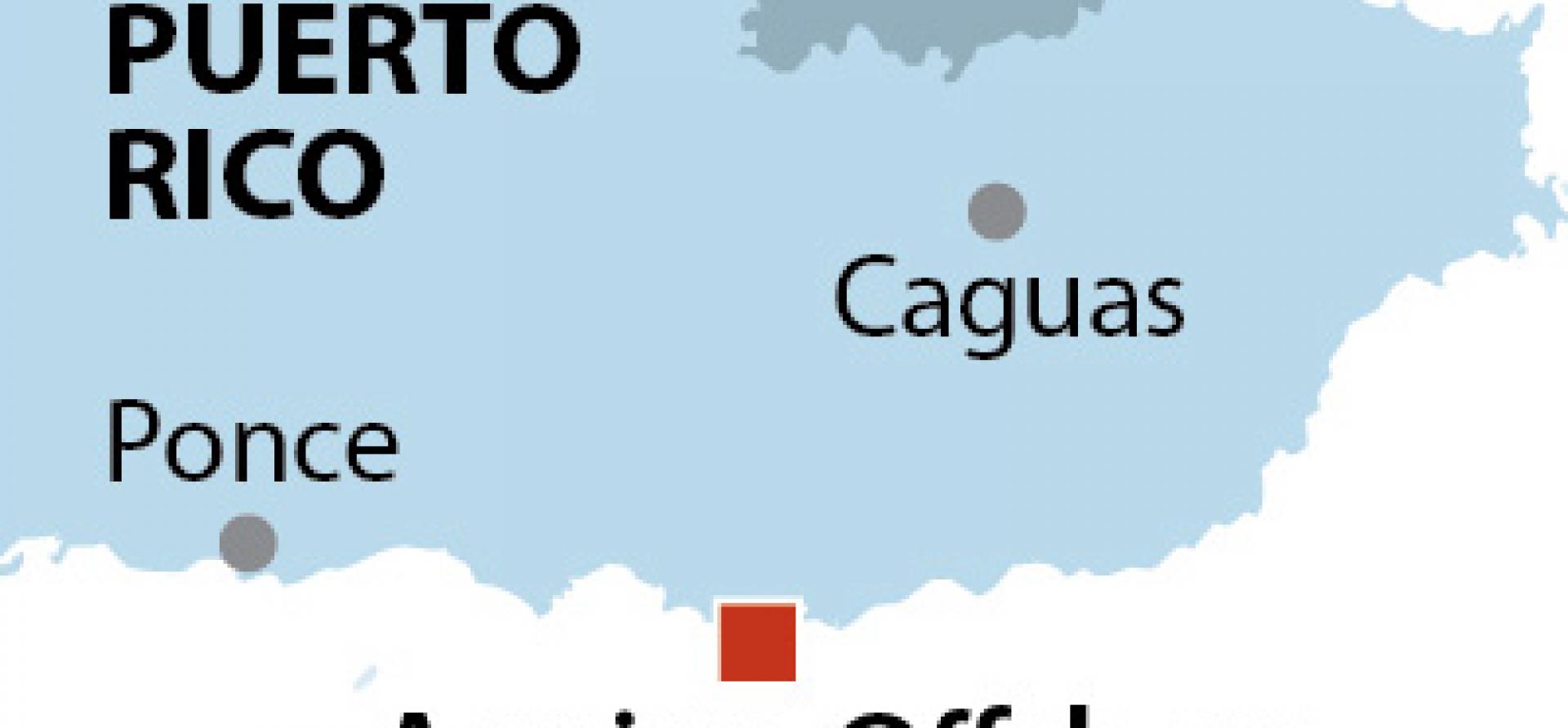IEEFA Puerto Rico: Assume That the $380 Million Aguirre Offshore Gasport Gets Project Financing …

The proposed Aguirre Offshore Gasport is unlikely to qualify for financing, which—as we wrote here yesterday—means it is an unbankable project.
But assume, against the odds, that the proposed $380 million Aguirre Offshore Gasport in Puerto Rico, does get project financing.
What then?
Cost overruns are likely, for one thing. The Puerto Rico Electric Power Authority has said it would take the “most conservative” approach to building the port in hopes of avoiding cost-overruns. But time constraints have weakened this assertion, and PREPA’s current plan now to design the project concurrently with construction probably means that cost overruns resulting from design changes made on the fly will not be known until they must be paid by ratepayers. This risk is not a small one nor are cost overruns unlikely.
Two recent U.S. energy infrastructure projects show the proclivity of large-scale utility projects toward much higher than initially proposed costs that were piled on as a result of design changes made after construction began. The Edwardsport, Indiana, integrated gas combined cycle (IGCC) project, originally projected to cost approximately $2 billion, ended up with a price tag of $2.88 billion due to changes made during construction to the design and scope of the project. The costs associated with the Kemper County IGCC project in Mississippi, initially put at $2.2 billion, have ballooned to $7.5 billion. Overruns on these scales are unlikely on the Aguirre project simply because it costs less to begin with, but the Edwardsport and Kemper examples demonstrate nonetheless the risk of substantial cost overruns on energy infrastructure projects—and those occurred in organizations that do not have the history of mismanagement for which PREPA is well known.
Our review of the current construction contract for Aguirre shows that it spares contractors much responsibility for cost overruns, which means they will very likely be passed on to Puerto Rican ratepayers, who already pay astronomical prices for electricity.
THE PROJECT IS FRAUGHT WITH OTHER RISKS TOO, INCLUDING SUBSTANTIAL ENVIRONMENTAL ONES. Jobos Bay, where the port would be constructed, is a federally protected estuary with delicate coral reefs and several endangered species, and the construction and operation of Aguirre would present substantial danger to the sensitive ecosystem.
The project would include construction of a 4-mile gas pipeline that would cross Jobos Bay and go through the National Estuarine Research Reserve between Guayama and Salinas. The pipeline would carry natural gas to the Aguirre Power Complex in Aguirre.
The project would also include construction of a terminal in the Caribbean Sea, one mile south of barrier reefs and cays that ring the southern border of Jobos Bay. The terminal would serve as an anchorage for vessels that the main project proponent, Excelerate Energy, has said would be “the size of a small town.” Interconnection piping on the seafloor would be installed with a horizontal directional drill and using a push and pull technique on the seabed that is home to seven species of endangered corals and critical habitat for other endangered and threatened species. The “HDD” construction method is associated with spills of contaminants.
Once up and running, the project would extract hundreds millions of gallons per day of seawater discharge water at temperatures of up to 106 degrees Fahrenheit. The would include copper, aluminum anodes and other contaminants.
The project would also cause an increase in emissions of greenhouse gases and volatile organic compounds, which would increase emissions locally by 112 to 130 percent.
Research has shown time and again that fossil fuels damage public health, and that the damage occurs at huge social and economic cost. Hazardous air pollutants from the Aguirre project would exceed recommended concentrations for formaldehyde and benzene, for instance.
And the environmental impact statement for the project includes a telling passage that quotes the Mount Sinai Pediatric Environmental Health Specialty Unit:
“Children are especially vulnerable to outdoor air pollution—particularly ozone that can be formed from volatile organic compounds (VOCs). With the Aguirre Offshore Gas Port, the types of volatile organic compounds that are released include chemicals such as formaldehyde, benzene, toluene, hexane, and styrene. Many of these volatile organic compounds have known short-term and long-term effects. These effects include eye, nose, throat and skin irritation, headache, nausea and dizziness, fatigue and shortness of breath, and worsening of respiratory conditions such as asthma. The long-term effects of chronic exposure include risks of some types of cancer or other diseases such as kidney failure.”
So, in addition to adversely affecting Puerto Ricans by dramatically increasing the price they pay for electricity, the Aguirre Offshore Gas Port project stands to damage public health and the sensitive ecosystems upon which much of the local economy is built.
Opposition is due largely to these risks, but it is driven also by the existence of viable alternatives to this expensive project.
Anna Sommer is an IEEFA energy consultant. Ruth Santiago is an attorney in San Juan, representing El Puente. Zack Skovron contributed to this report.
RELATED POSTS:
IEEFA Puerto Rico: The Aguirre Offshore Gas Port Is Unbankable
IEEFA Op-Ed: 5 reasons Puerto Rico’s Electric Debt Deal Is a Rip-Off
IEEFA Report: Opportunity for a New Direction for Puerto Rico’s Electric System













